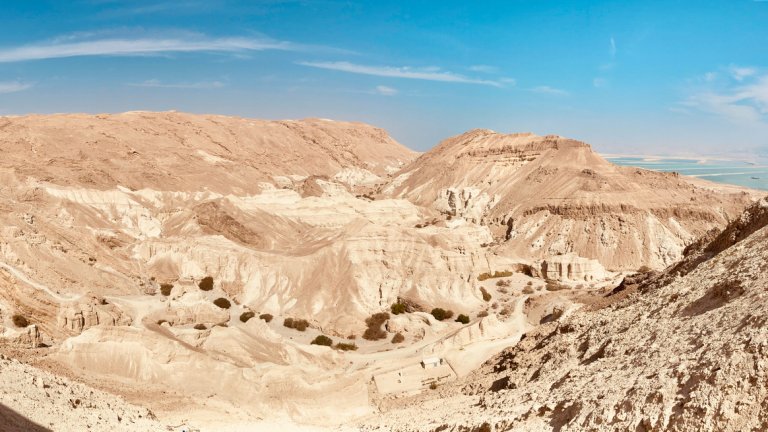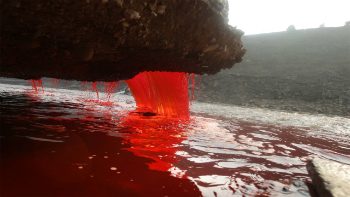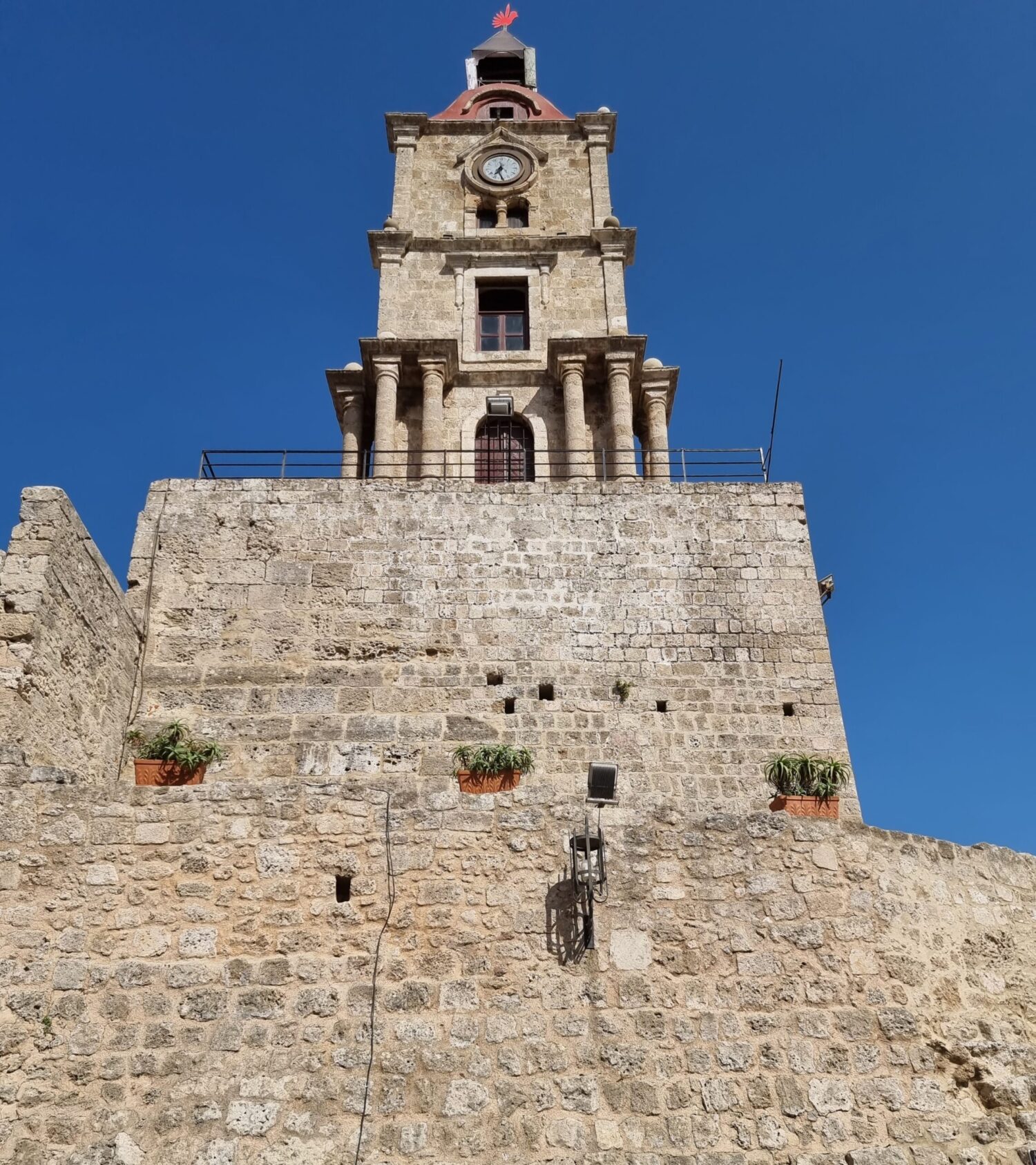Europe, with its ancient cobblestone streets, majestic castles, and historic landmarks, is a continent steeped in rich history. From the bustling streets of Rome to the medieval charm of Prague, Europe’s past is a tapestry woven with countless threads of culture, conflict, and conquest. Understanding the intricate web of history that shaped the continent is essential to appreciating its diverse legacy. In this article, we delve into the fascinating history of Europe, taking a journey through the ages and unraveling the historical threads that have made it what it is today.
Europe’s Diverse Legacy: Unveiling the Historical Threads
Europe’s history is a patchwork of diverse cultures, languages, and traditions. From the Ancient Greeks to the Vikings, from the Roman Empire to the Renaissance, each era has left its mark on the continent, creating a rich and varied legacy. The influence of these cultures can be seen in the architecture, art, and literature that still grace European cities today. From the ornate cathedrals of France to the palaces of England, Europe’s diverse heritage is a testament to the ingenuity and creativity of its people.
One cannot discuss Europe’s legacy without acknowledging the impact of its numerous conflicts. The continent has been the stage for some of history’s most significant wars and revolutions, from the Hundred Years’ War to the French Revolution and the two World Wars. These conflicts have shaped not only the political landscape but also the cultural identity of Europe. They have given rise to remarkable leaders, like Napoleon Bonaparte and Winston Churchill, whose legacies continue to resonate to this day. Europe’s history serves as a reminder of the importance of diplomacy, tolerance, and peace in maintaining stability and prosperity.
Journey Through the Ages: Exploring Europe’s Intricate Past
Embarking on a journey through Europe is akin to stepping into a time machine. Each country boasts a unique historical backdrop waiting to be discovered. Rome offers a glimpse into the grandeur of the Roman Empire, with its majestic Colosseum and iconic Pantheon. Greece takes us back to the birthplace of democracy and philosophy, with the ruins of the Parthenon standing as a testament to the intellectual prowess of its ancient civilization. Across the English Channel, the Tower of London stands as a symbol of power, intrigue, and royal history.
As we travel further east, we encounter the medieval wonders of Prague, with its fairytale-like castle and charming cobblestone streets. The romantic charm of Paris beckons with its world-famous landmarks, such as the Eiffel Tower and Notre-Dame Cathedral. Each city and region we visit adds a new layer to the tapestry of European history, offering a deeper understanding of the continent’s past and its profound impact on the present.
Europe’s rich tapestry of history is a testament to the incredible legacies left by its diverse cultures and the struggles it has endured. It is a continent that reflects the triumphs and tragedies of humanity. From the grand empires to the conflicts that shaped nations, Europe’s history continues to inspire and fascinate us. As we unravel the historical threads that make up this remarkable continent, we gain a deeper appreciation for the people, events, and ideas that have shaped our world today. So, whether you are a history enthusiast or a curious traveler, Europe offers an unrivaled journey through time that will leave you in awe of its fascinating past.














